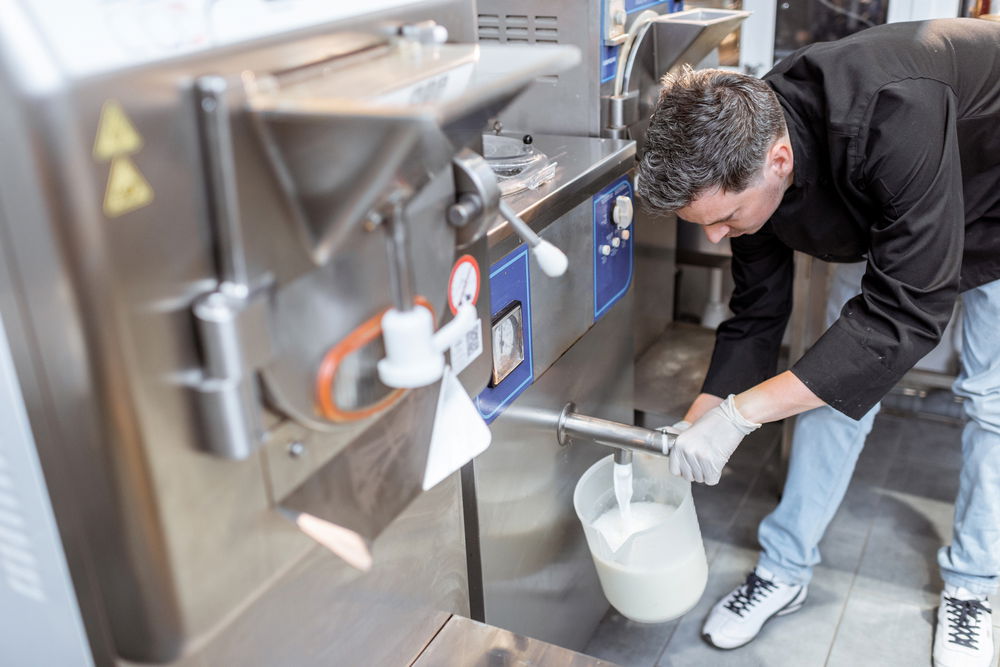Mastering Sterilization Techniques for Lab Equipment and Instruments

Autoclaving is a commonly used method for sterilizing lab equipment. It involves exposing the equipment to high-pressure steam at temperatures exceeding 121 degrees Celsius (250 degrees Fahrenheit) for a specific duration. This process effectively eliminates bacteria, viruses, spores, and other microorganisms, rendering the equipment sterile and ready for use in sensitive experiments.
Sterilizing lab equipment is a critical process that ensures the removal of any potentially harmful microorganisms, pathogens, or contaminants from the equipment, creating a clean and safe environment for scientific research and experimentation. This meticulous procedure involves subjecting the lab equipment to a highly effective sterilization method, such as autoclaving, chemical sterilization, or dry heat sterilization.

The MicroThermics small-scale milk pasteurizer is a state-of-the-art equipment designed for efficiently and effectively pasteurizing milk on a small scale. This innovative system is meticulously engineered to replicate the pasteurization process used in large-scale operations while accommodating smaller batches of milk.
The MicroThermics small-scale pasteurizer incorporates a series of components, including a heating unit, a holding tube, and a cooling section, all meticulously designed for optimal performance. The milk is heated using a heat exchanger, which efficiently transfers heat to the product while maintaining accurate temperature control. The holding tube ensures the milk remains at the desired pasteurization temperature for the required time, allowing for effective sterilization.
